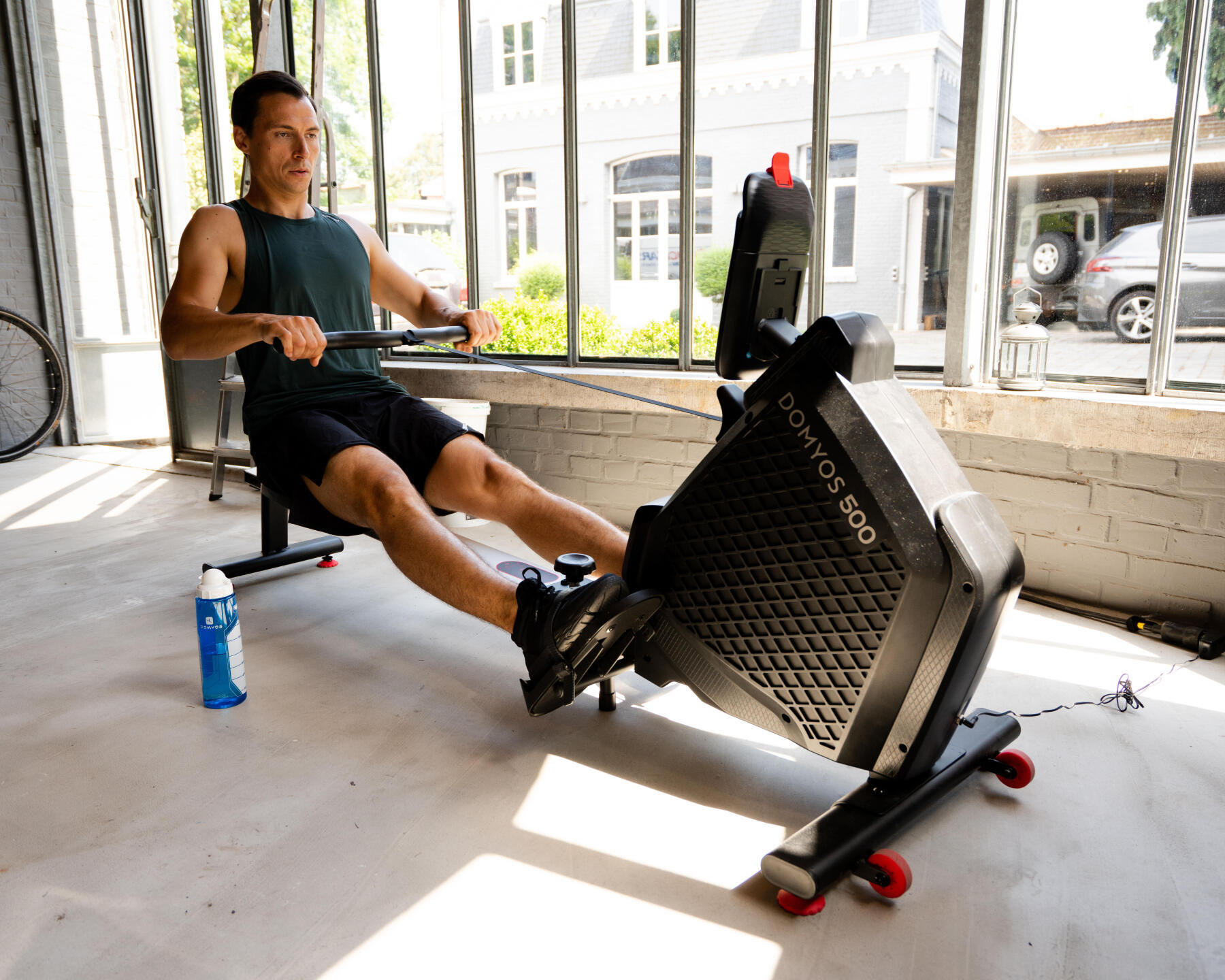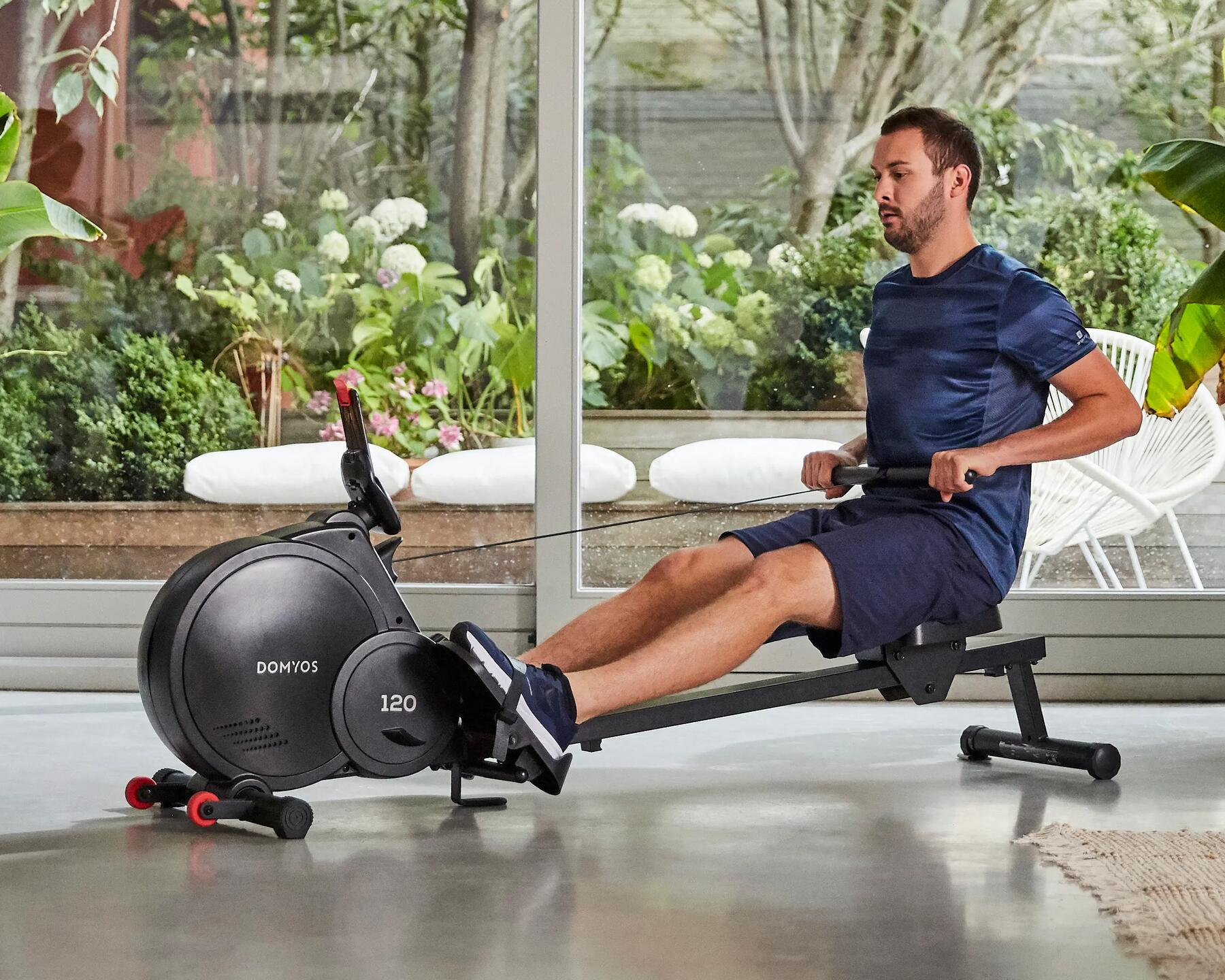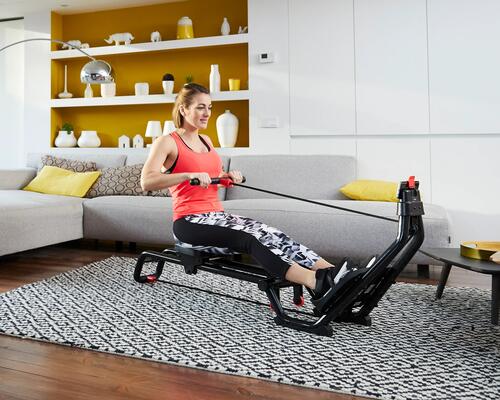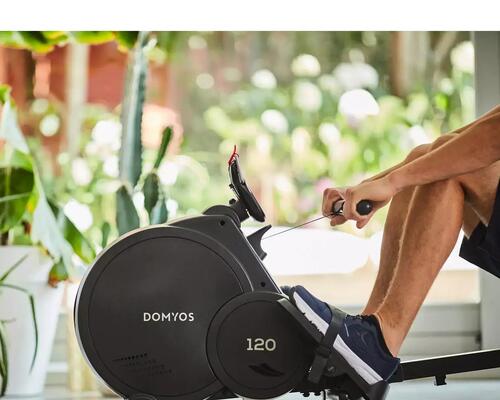Bulking up your body from top to toe
There is nothing like a rowing machine for bulking up and toning the whole of your body. Rowing works muscles in the upper and lower parts of the body, right throughout your training session.
There'll barely be much rest with a rowing machine! Unlike the cross trainer, you won't have the chance to rest your arms. But then again, that's why you started working out on a rowing machine in the first place, isn't it?
Let's take a closer look at the muscles that a rower will work out.






